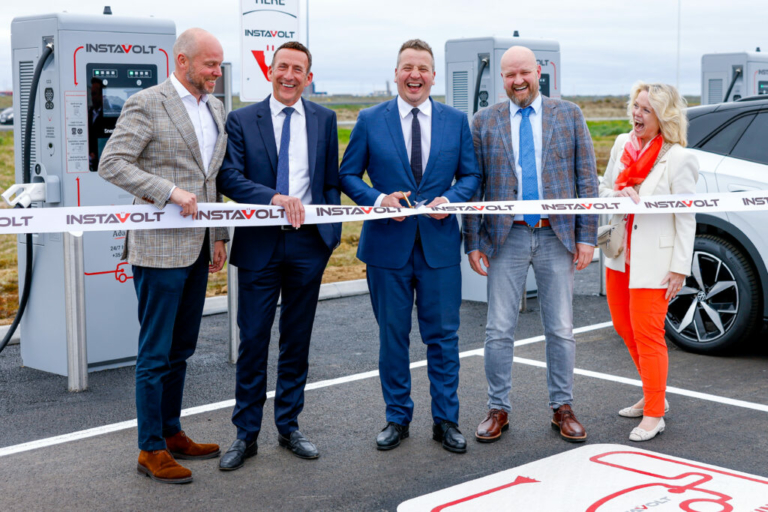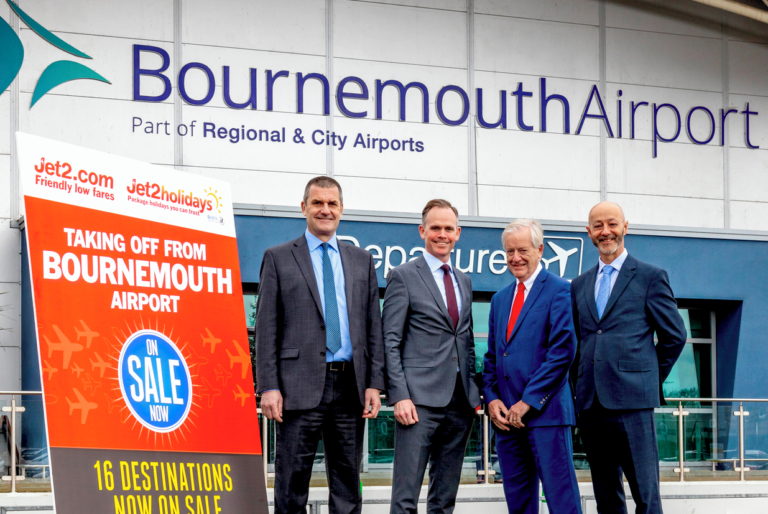South East set to be the UK’s second fastest growing region over the next three years

The South East is set to record the country’s second fastest annual improvement in economic performance over the next three years.
EY’s latest Regional Economic Forecast, measured by Gross Value Added (GVA), shows the region is set to grow 2.9% per year between now and 2025, ahead of the UK average of 2.8% growth and behind only London’s 3.1% growth.
Employment in the South East is forecast to rise 1.1% per year to 2025, while the South East is one of just four regions in the country expected to see its working age population grow over the same period.
By 2025, the South East’s GVA will be 8.5% larger than it was in 2019 – again above the UK average growth of 8.3%, although behind nearby London’s growth of 8.9%.
Reading has proven to be one of the country’s best economic performing areas over the course of the pandemic, and its GVA has already increased by 4% relative to its 2019 size – the biggest increase for any area in the country. By contrast, over four-in-five areas of the country have yet to see their GVA recover to 2019 levels.
Despite Reading’s strong performance, the rest of the region experienced an above-average economic contraction over the first two years of the pandemic. The South East’s GVA recovered to 96.9% of its 2019 size by the end of 2021, below the national average of 97% and above only London (96.4%), the North West (96.1%) and West Midlands (94.5%).
The latest Regional Economic Forecast sets out the scale of the task needed to level up the UK economy. While the research shows the pandemic has helped to narrow the UK’s regional economic divide, the gap between London and the rest of the country is set to grow again during the post-pandemic recovery. Only two regions – the East Midlands and South West – are forecast to gain economic ground on London by 2025, with the capital on course to overtake again in the years afterwards.
The report also forecasts that the economic gap between cities and towns will continue to widen, with England’s major cities expected to grow 2.9% per year by 2025, compared to forecast growth of 2.6% in towns.
Richard Baker, Managing Partner at EY in the South East, said: “The South East’s mix of sectors has meant the region, like many others, has seen some considerable challenges due to COVID-19. Post-pandemic, there are positive signs of recovery, which will be driven by a bounce back in key regional sectors like Information & Communication, and the professional, scientific and technical services. Accommodation and food services, as well as the arts, entertainment and recreation sector will see particularly strong growth as tourism returns to the region and pandemic restrictions ease.
“The region’s overall ability to retain and attract the right talent is crucial to maximising economic recovery and business growth opportunities. Greater workplace flexibility and the switch by many businesses to hybrid working could help open up more opportunities. Focusing on what attracts people and businesses to a region, including access to good transport infrastructure, affordable housing and attractive social and leisure space, which helps keep consumer spend in the region, will be key to taking advantage of this.
“As previous EY research has shown, the UK’s Net Zero and levelling up ambitions go hand-in-hand: the billions of pounds of investment required to reach Net Zero present a golden opportunity to transform not only the environmental sustainability of the UK economy, but its regional balance too. The manufacturing and utilities sectors, for example, are key to the Net Zero agenda – and they are vital to regional economies.”
Richard Baker adds: “In 2021, alongside the Thames Valley Chamber of Commerce, EY was instrumental in the creation of the Thames Valley Sustainability Working Group, a purpose-led group bringing together businesses and thought leaders to help shape the Thames Valley’s response to the challenges presented by sustainability, climate change and our progress to Net Zero.
“The common framework being developed and delivered by this group has the potential to act as a catalyst for long term societal benefit, establishing consistent and comparable metrics and objectives.”
Guildford and Reading set to lead growth across the region
Between 2022 and 2025 Guildford (3.3%) and Reading (3.1%) are set to see the region’s fastest annual GVA growth rates, followed by Windsor and Maidenhead (3.1%), Southampton (3%), Winchester (3%), Brighton and Hove (3%), Basingstoke and Deane (2.9%), Oxford (2.7%), Portsmouth (2.5%) and Slough (2.5%).
The Thames Valley is expected to outperform the rest of the region in the run-up to 2025 with forecast 3% GVA growth per year, driven by growth in the Information & Communication and professional, scientific & technical sectors. The South Coast’s GVA is expected to grow 2.7% per year to 2025, slightly slower than the regional average.
Between 2022 and 2025, the South East is set to see the most GVA growth in the accommodation and food service sector (up 8.6%), and the arts, entertainment, and recreation sector (up 5.6%). Of the region’s five largest sectors, the Information & Communication sector is expected to see the most GVA growth between 2022 and 2025 (up 3.7%), followed by the Professional Scientific & Technical sector (3.2%).
According to EY’s analysis, the West Midlands, North West and London economies were the most affected by the initial impact of the pandemic, with 2021 seeing the West Midlands economy recover to just 94.5% of its 2019 size, the North West’s economy reaching 96.1% of its 2019 size, and London recovering to 96.4%. By contrast, the Yorkshire and the Humber economy had reached 98.8% of its pre-pandemic size by the end of 2021, while the North East was at 98.5%.
Relative to their pre-pandemic GVA levels, the West Midlands (up 5.3%), North West (6.8%), and North East (7.9%) are expected to grow at the slowest pace.
Sector mix key to long-term recovery
Across the UK, service and city centre activities are expected to be the fastest growing between 2022 and 2025, with accommodation and food service expected to improve its GVA by 8.6% per year, followed by other services (up 6.7%), administrative and support services (up 5.5%), and arts and entertainment (up 5.4%). The transportation and storage sector is expected to grow 3.8% per year. By contrast, manufacturing is one of the sectors expected to undershoot the overall annual UK GVA growth (2.8%), with 1.7% growth forecast.
Richard Baker added: “These sector mixes will dictate the longer-term recovery. The North East’s public sector helped the region’s economy weather the pandemic but may mean slower post-pandemic growth. Conversely, city-friendly sectors like digital, science and technology, and services will eventually bounce back, taking places like London and Manchester with them after a slow start. Technology, Life Sciences and Digital industries will also continue to play a large part in the growth of the South East’s economy going forward.”
Rohan Malik, EY’s UK&I Managing Partner for Markets & Accounts concludes: “Long-term ambitions and sustained, coordinated action are needed to balance growth across the country while ensuring that ‘levelling up’ isn’t simply moving activity elsewhere at London’s expense. The right actions now will bear fruit eventually, but policymakers need to be in this for the long haul.”
| English regional GVA projections, ranked by 2025 performance (2019=100) | Projected change in working age population, 2021-25 | |||
|---|---|---|---|---|
| Region | 2021 | 2025 | Region | % Change |
| East Midlands | 98.28 | 109.45 | London | 4.7% |
| South West | 97.53 | 108.95 | East | 1.6% |
| London | 96.37 | 108.85 | South East | 1.1% |
| Yorkshire & the Humber | 98.81 | 108.76 | UK | 0.4% (approx.) |
| East | 97.16 | 108.53 | East Midlands | 0.1% |
| South East | 96.86 | 108.50 | South West | -0.3% |
| UK | 96.96 | 108.27 | West Midlands | -0.3% |
| North East | 98.52 | 107.88 | Yorkshire & the Humber | -0.5% |
| North West | 96.12 | 106.83 | North West | -0.6% |
| West Midlands | 94.47 | 105.34 | North East | -2% |














